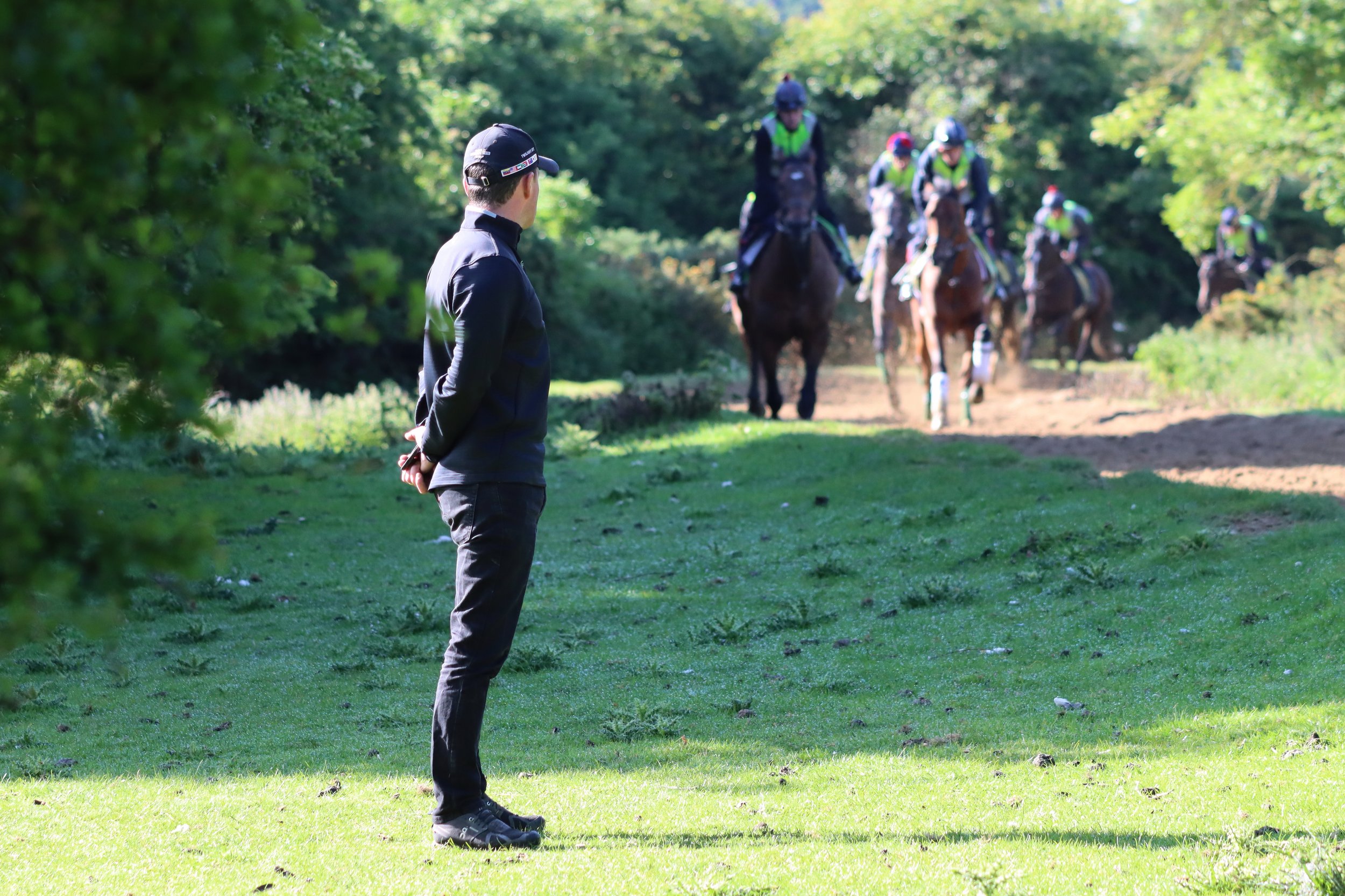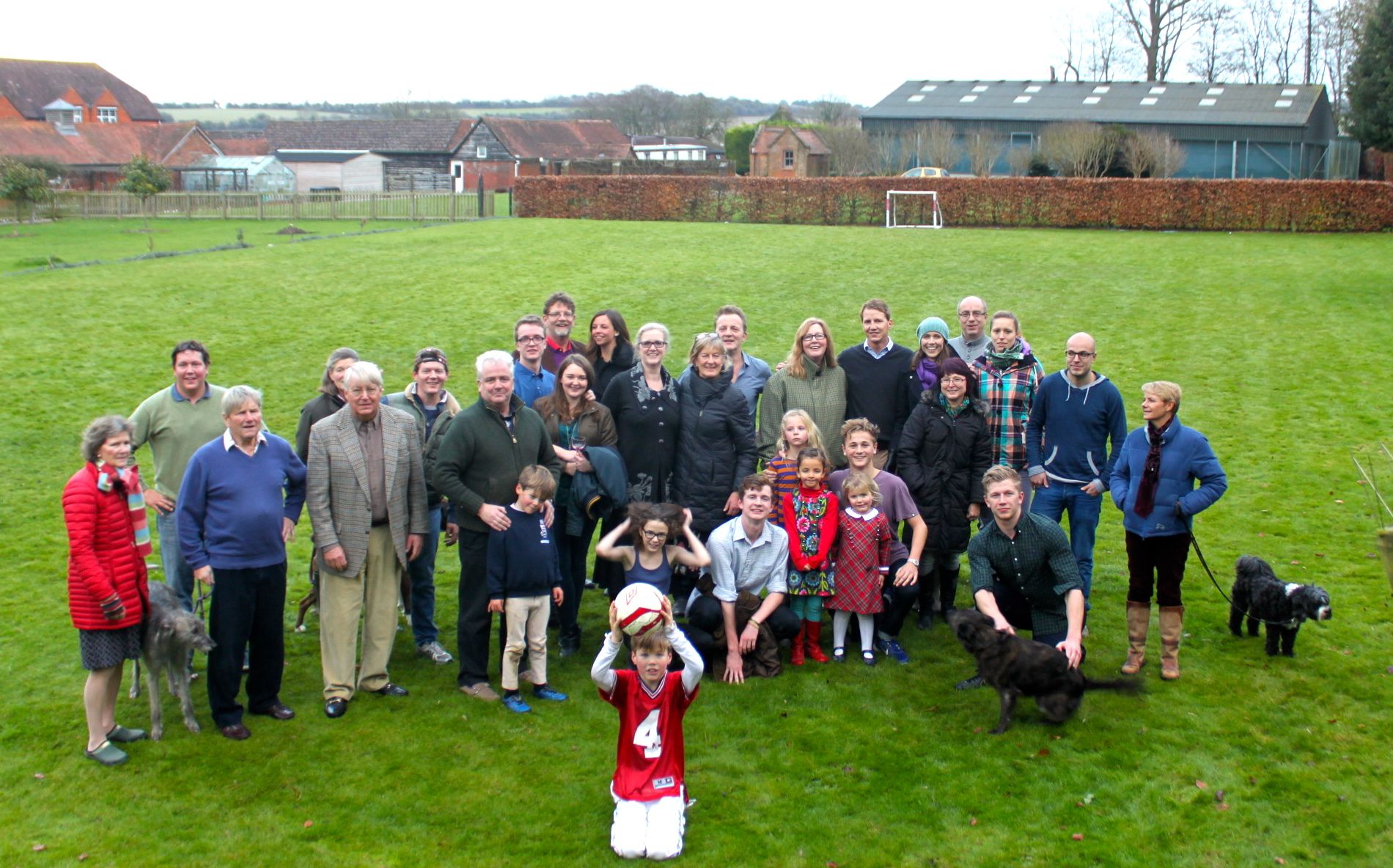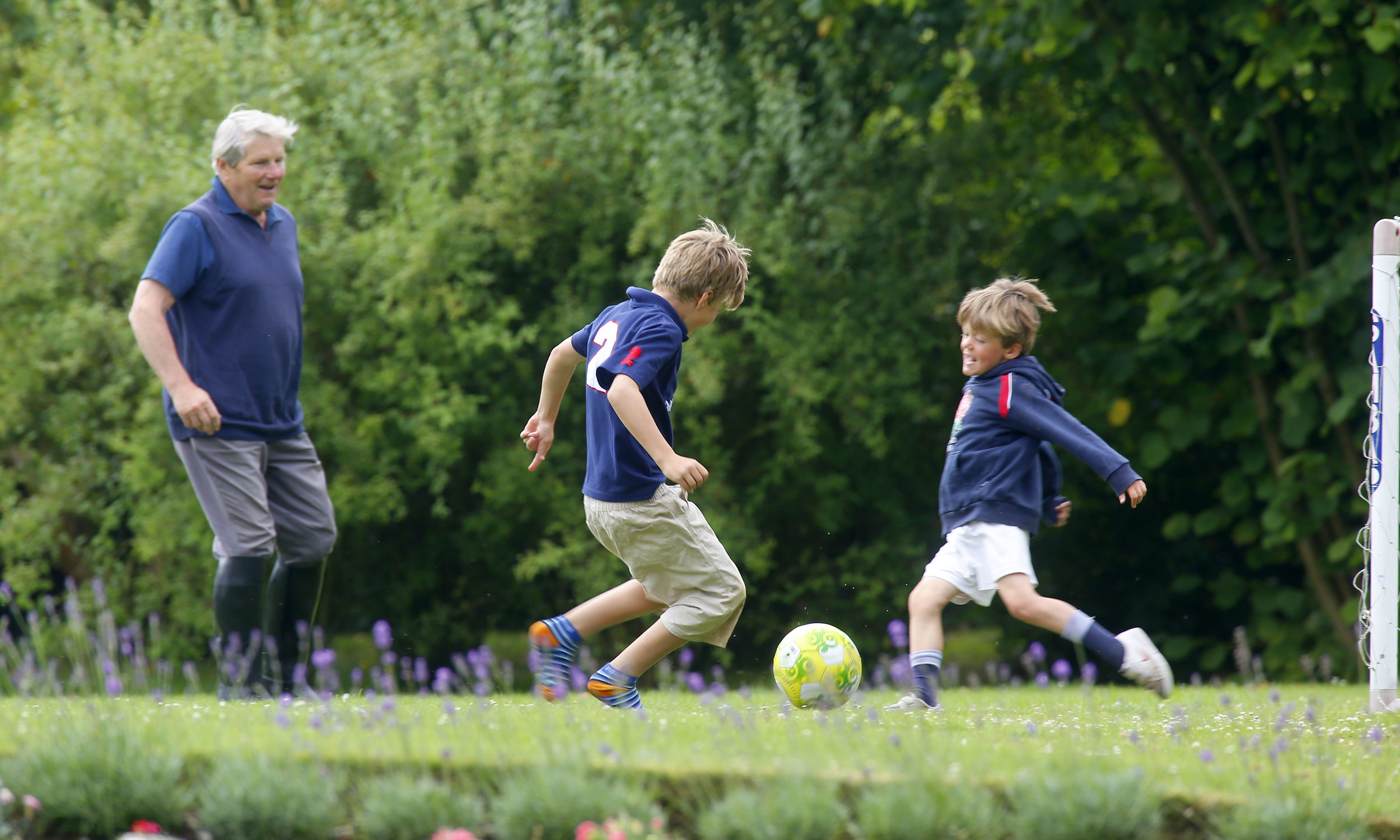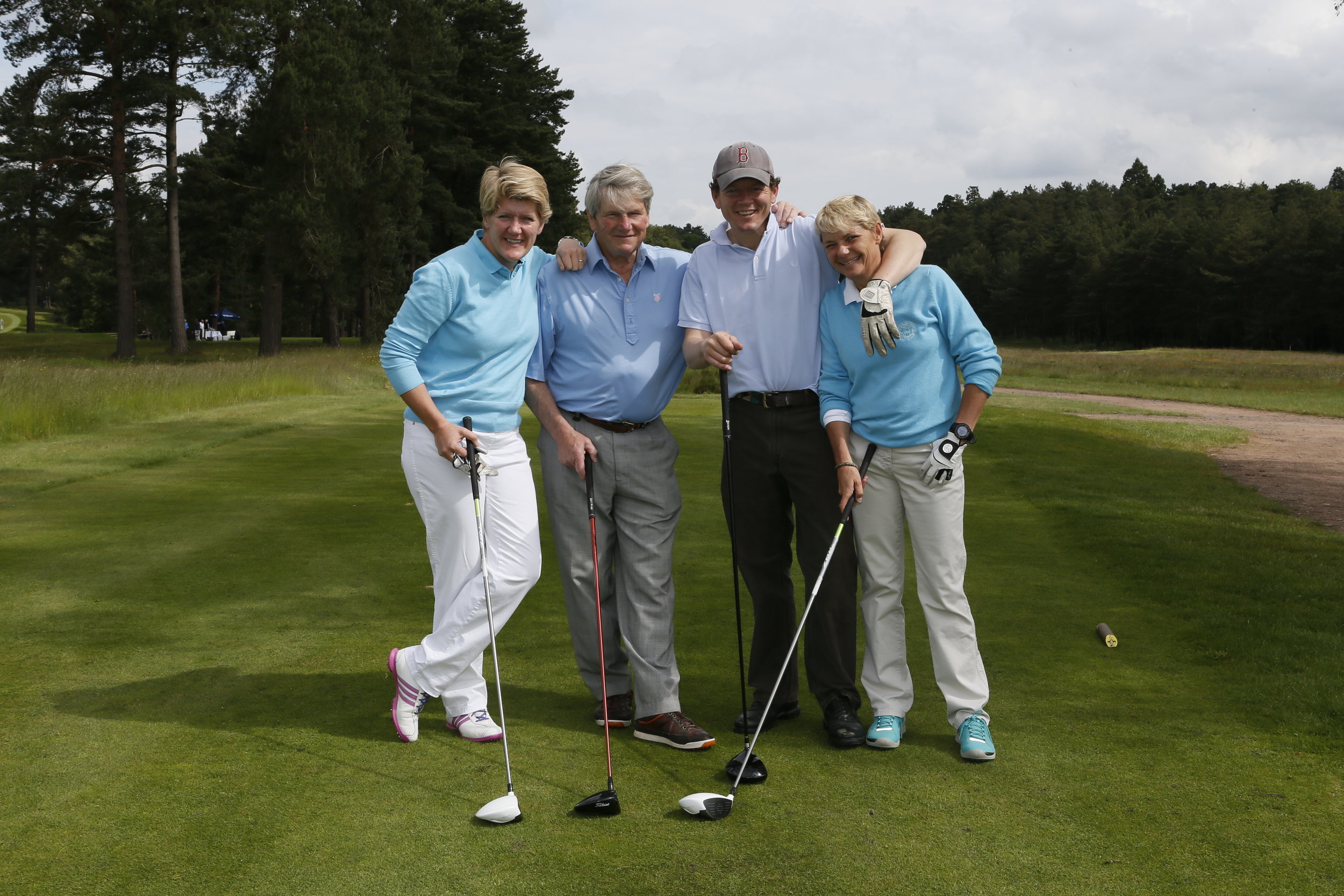What does it take to become a trainer?
Article by Lissa Oliver
While each year we seem to lose many established trainers, often due to financial reasons, the training ranks continue to welcome fresh new faces—many of them particularly young. Those already struggling to make a living might question why, yet a certain amount of optimism is a prerequisite for embarking on any career within the thoroughbred industry.
Are the licencing bodies doing enough to equip new trainers for the reality of the career ahead? Is that even a question we should be asking, given that in most other industries an entrepreneur is free to start up a business as they please? What do our governing bodies consider to be the basic requirements necessary to apply for a trainer’s licence?
Deutscher Galopp manages to encapsulate exactly what is needed to consider applying for a trainer’s licence, pointing out the need for an excellent knowledge of racehorses and the world of horseracing; a capacity for management and personnel management; a mastery of professional relations, particularly with owners; a capacity for analysis in order to develop the performance of his or her horses; a technical and strategic sense; and a great geographical mobility.
Indeed, few Germany-based trainers would argue with the latter—smaller yards frequently needing to chase prize money in France due to the dominance at home of the larger stables. Interestingly, the traits of coolness and self-confidence are also listed—food for thought, perhaps.
In Germany, the licensing process doesn’t appear to be as bureaucratic as in Britain, for example, with no minimum age or experience criteria or detail of finances required. Deutscher Galopp has bundled its diverse training offerings and further education programme in its own academy—The Deutscher Galopp Academy—which aims to offer and conduct seminars and further education and training in horse racing for all interested groups, even racegoers.
The prerequisite for working as a professional trainer in Germany is completion of the Horse Management Masters examination in the horse racing training section at the Academy. The aim of the course is to acquire the necessary knowledge to run a training company independently, to masterfully carry out the work that occurs there, and to properly educate and equip the trainees for the profession of racehorse trainer. “That course can last a year or more, and not everybody is automatically qualified; the government decides who will be able to take part,” explains Rüdiger Schmanns, director of racing.
France also places emphasis on a robust pre-training course, and candidates must have at least two years’ experience in a racing yard. The Ecole des Courses Hippiques (AFASEC) is the benchmark training organisation for all horse racing professions, with five campuses throughout France as close as possible to the largest training centres. New France Galop Rules in relation to applying for the French trainer’s licence are due to come into effect later this year and are therefore included here.
The Trainer’s Course serves for both trotting and racing candidates, but the modules are specific to each specialty. The acquired knowledge is considered essential for starting out as a professional trainer in France. Of the maximum of 14 places, seven are reserved for racing applicants. The France Galop licensing department ultimately decides who qualifies for access to the 175-hour training, which takes place over a five-week period in May and June annually. The course fee is €2,275, and candidates must successfully complete a two-hour pre-selection examination on their horse racing knowledge at least six weeks prior to the course.
The bulk of the course is online, with 10 days (70 hours) of in-person classes, including two days of written and oral examinations. The six modules cover accounting and management; hygiene, horse health and equine welfare; social legislation; professional regulation; communication and business development; and human resources, management, awareness of labour law and preventive measures against moral and sexual harassment in the workplace. The candidate must obtain a mark of at least 10 out of 20 in each of these subjects.
Training Licence Requirements
The British Horseracing Authority (BHA) relies on a very stringent criteria for those who may apply for a training licence, which reflects the similar training provided by AFASEC. Applicants are required to demonstrate competence and capability to train; access to appropriate training facilities; security of tenure for the premises from which they wish to train; a minimum of three horses in training; compliance with relevant health and safety responsibilities; ability to provide full details of their employment status; compliance with all relevant employment responsibilities; ability to appropriate Public Liability Insurance and, where appropriate, Employers' Liability Insurance; necessary financial resources available; and that they are otherwise in all the circumstances suitable to hold a licence and are deemed ‘fit and proper’.
This means applicants must have a minimum of five years’ experience in a training establishment, including at least two years in a responsible and senior position—preferably as an assistant trainer in a successful racing yard. Alternatively, a track record as a permit holder with at least three wins with a reasonable spread of horses, or having run a Point-to-Point yard for at least two years and having trained a minimum of 10 Point-to-Point/Hunter Chase wins with a reasonable spread of horses.
Applicants must have attained the Level 3 Diploma in Work Based Racecourse Care and Management (WBD) and successfully completed Modules 1, 2 and 3 of the training programme held at the British Racing School or the Northern Racing College. They must also attend a one-day training seminar for potential trainers at Weatherbys’ offices.
Furthermore, the yard and facilities must pass inspection. If the applicant is to train horses for the Flat, he or she will be expected to have access to gallops of six furlongs, including four furlongs straight, within hacking distance of the stables and facilities for schooling horses through starting stalls. National Hunt trainers must have access to gallops of six furlongs within hacking distance of the stables, at least one plain fence and one open ditch with wings, over which two horses are able to school alongside one another, and at least two flights of hurdles with wings, over which two horses can school alongside, as well as access to ‘nursery facilities’, such as poles.
The BHA takes into account the financial track record of the applicant and assesses the likely financial soundness of the proposed training business. A recognised financial reference must show the applicant to have available working capital or overdraft facilities of at least £40,000. A projected profit and loss account and a cash flow projection of the training business for the first 12 months must be provided.
To become a trainer in Ireland, applicants must be at least 21 years of age with a minimum of two years’ experience working in a racing yard. Alternatively, the holder of a rider’s licence with an acceptable number of rides for the same period, or a registered Point-to-Point handler with an acceptable number of runners, may also be eligible to apply.
Applicants to the Irish Horseracing Regulatory Board (IHRB) Head of Licensing are required to successfully complete an assessment to establish prior knowledge of the industry in order to qualify for the Pre-Trainer’s Course. The assessment consists of practical, oral, and written elements. The Pre-Trainer’s Course is held twice a year, in spring and autumn, over a three-week period and delivered via a blended approach of sessions online and in-person.
Following successful completion, a stable inspection is then carried out by the IHRB on the proposed training establishment. The stable inspection report and application, together with all relevant documentation, is assessed by the Licensing Committee, who then arranges an interview with the candidate. The Licensing Committee ultimately decides whether a licence is granted. The successful completion of the assessments and Pre-Trainers’ Course does not guarantee the issuing of a licence.
If we look at the smaller racing nations, the reliance on courses for trainers remains much the same. In the Czech Republic, for example, an applicant has to successfully graduate from the specialised course for trainers organised by the Czech Jockey Club. He or she must also have graduated at an apprentice training centre for horse breeding, horse racing or equestrian sport; have a school-leaving certificate from secondary school and at least 10 years’ experience in a racing yard; graduated from agricultural university or veterinary university and have at least two years’ experience in a racing yard; or graduated from another type of university and have at least five years’ experience. The Trainer’s Course is organised by the Czech Jockey Club every few years when enough requests from interested people warrant it. Karin Luftmanová tells us that it is also quite common to attend a course in Slovakia, and vice versa.
Interestingly, in Portugal, where the LPTG Professional License Commission is the only entity for issuing a trainer’s licence, applicants must be over 25 years of age and express a wish to try to make the training of racehorses “a permanent and paid activity”. They begin with an obligatory internship, to be completed successfully, with a minimum duration of six months with a foreign trainer, or 12 months with a national trainer. The League's Professional License Commission is made up of four members of the Board, designated by the racing director of the Technical Commission (CT), who has the ultimate say in granting the licence.
The work and knowledge involved in gaining a trainer’s licence is worth noting. In the general sphere of horse racing, the skills and qualifications of a trainer are not widely known or publicised. The public still tends to think in terms of retiring trainers simply handing over the reins to someone with experience, without considering exactly what that experience entails.
In contrast, media coverage of jockey schools and stable staff apprenticeships are a staple, with those same opportunities commonly going out to schools to encourage school-leavers to embark on a racing career. In the wider world, we think nothing of having to go through various levels of higher education, and the Trainers’ Courses available throughout Europe could be viewed as akin to postgraduate degrees. Should our governing bodies be presenting the professional trainer’s pathway to schools and universities?
Certainly, as the racing world focuses on social licence and presenting itself in a fit way to a growing urban public, no longer in touch with agricultural roots and working animals, more should be made of the strict requirements to train. More to the point, trainers deserve fitting credit for their accomplishment in receiving and retaining their trainer’s licence. It is, indeed, a postgraduate degree to be proud of.
Hindsight - Ian Balding
By Oscar Yeadon
Although it’s now been more than 15 years since Ian Balding handed over his training licence to his son Andrew, he remains an active team member at Park House Stables. The former champion trainer will turn 80 later this year but continues to ride an ex-racehorse on a daily basis, still pursuing a passion which could have led him down a different career path but for some timely advice.
“I loved riding jumpers and wanted to concentrate on that, but I very nearly didn’t take up the chance to train until Prince Philip talked me out of it. I was staying with my then future mother-in-law, Priscilla Hastings-Bass. At dinner, Prince Philip said to me, ‘It’s important that young people take their golden opportunities, as this is what made our country great!’”
Balding became a trainer through the death of the then-trainer at Park House Stables, Peter Hastings-Bass. Park House Stables was patronised by some of the sport’s most influential owners, and Balding found himself in charge of one of the country’s most powerful strings.
“It was 1964 and I was 25 and had been assistant trainer for only three months. At that time, the Jockey Club wouldn’t allow ladies to hold a trainer’s licence, so following Peter’s tragic death at only 43, Priscilla couldn’t take over. The Jockey Club wouldn’t let me train professionally and ride as an amateur, but they made an allowance to accommodate so I could still ride horses that I owned myself.
“I think it was because I was so young that I don’t remember being daunted by the owners. I met the Queen very early on and she was lovely, very understanding and very knowledgeable.
“In becoming trainer in the circumstances I did, I was rather overwhelmed and nervous. Happily, we had a wonderful head lad in Bill Palmer, and Priscilla helped me tremendously. Thank God we had some decent owners and horses in the yard at that time.”
Just weeks into his training career, Ian Balding trained two Royal Ascot winners on the same day, which included Silly Season’s victory in the Coventry Stakes, cementing the young trainer’s relationship with the two-year-old colt’s owner, the American anglophile and philanthropist, Paul Mellon.
“I was incredibly lucky to have the two Royal Ascot winners so soon, and I think we finished second in the trainers’ championship that year.”
Owner and trainer would scale even greater heights on the racecourse with the legendary Mill Reef.
“It was clear he was special from a very early stage,” remembers Balding. “When he first came here, he went for a canter over four furlongs. Beforehand, I said to his lad, John Hallum, ‘Go at a nice sensible pace, up the hill and round the corner, and then a stride faster.’ Suddenly, Mill Reef was 10-20 lengths clear. Before I could give John an almighty b******ing on his return, he said, ‘Guv’nor, I promise you, I did just what you said…’”
Mill Reef would realise the potential shown on that spring morning at Kingsclere several times over and was crowned champion English three-year-old colt at the end of the following season, which played a large part in securing the championship for his trainer.
Balding rates his favourite memory from the period as the Gimcrack Stakes, when Mellon attended to see his horse race for the first time but heavy rain had softened the ground. After walking the track at York, Balding and jockey Geoff Lewis both felt the going was against Mill Reef.
“We had a crucial meeting with Mr Mellon outside the weighing room and he just said, ‘Let him run, I have a funny feeling that everything will be alright.’ Mill Reef skipped over the ground and won by 10 lengths.”
Balding believes that Mill Reef’s Prix de l’Arc de Triomphe win was the highlight of his three-year-old campaign. “He was the first English-trained horse to win for many years and there were so many English supporters there, wearing black and gold scarves.”
The Arc win was one of many for Balding’s string on the international racing scene, including several wins in the Grosser Preis Von Baden with sons of Mill Reef. “I loved going abroad. It was probably easier to win a Group 1 race overseas than at home, and that may still be the case now.”
At the start of the 1980s, Ian Balding was still riding competitively in amateur riders’ races and finished fourth in the 1983 Foxhunters’ aboard Ross Poldark.
“By this time I was in my mid-forties, and I think Mr Mellon and the Queen may have both felt the time had come for me to hang up my saddle. The Queen simply said to me, ‘I really think it is time you stopped riding in races.’”
As the decade progressed, Balding says the stable probably reached its zenith in the era of top-class horses such as Lochsong and Selkirk. “It all depends on having good horses and we were lucky to have those horses in our stables at the same time time, as well as owners such as Mr Mellon, George Strawbridge, and Jeff Smith.”
Away from the results on the track, one area in which Park House Stables has always excelled is in its staff development, as evidenced by its list of former apprentice jockeys, which includes the likes of the late John Matthias, David Probert, and William Buick, and the number of long-term staff working at the stables.
“I still talk to the lads at the British Racing School once a year and I cannot stress enough the importance of looking after staff, from the provision of decent accommodation to simply making time to talk to them and listen to their feelings.
Father and son, Ian and Andrew Balding
To that end, Balding is supportive of industry initiatives such as the NTF’s Team Champion Awards scheme, which recognises the contribution of stable staff.
“Anything that acknowledges the importance of stable staff is worth doing, and awards for staff are admirable.”
If staff care has remained a constant at Kingsclere, Ian Balding finds that the methods he once employed have changed.
“I used to let horses cover a bit of ground, yet Andrew rarely even goes to the Downs these days. I understand that it takes less time to get from A to B in the mornings if you have a four-furlong all-weather surface close by, and that horses are more fragile these days and rarely go flat out, but Andrew is successful so I won’t quibble!”
TO READ MORE -
BUY THIS ISSUE IN PRINT OR DOWNLOAD -
Why not subscribe?
Don't miss out and subscribe to receive the next four issues!
Staff Focus: Work experience and the pathways into racehorse care
First published in European Trainer issue 58 - July - September 2017
Click here to order this back issue!
The pedigrees of racing’s human participants are often as impressive as the horses in their care, but the industry is doing all it can to attract and welcome newcomers from outside of any equestrian background in the hope they might establish future dynasties of their own.
A shortage of staff Europe-wide means it is vital that new initiatives are introduced and supported, to encourage young people to seek careers within racing.
A traditional route into racing has always been simply knocking at a door and asking. While many trainers will welcome schoolchildren looking to gain experience, not every trainer finds them useful and not every young person finds the experience useful. The key lies in matching the correct yards to those taking a keen interest, and the Racing To School programme in Britain and the similar Go Racing Kids’ Club in Ireland are proving beneficial in that respect.











